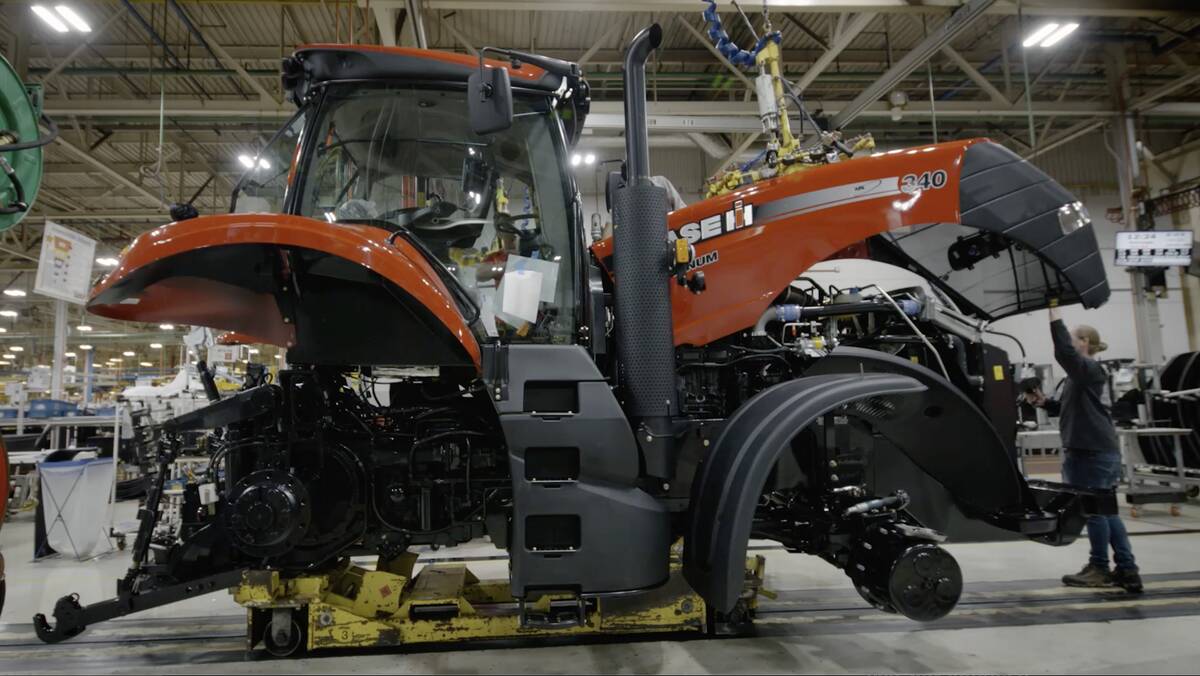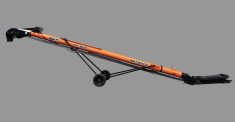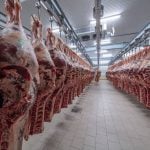U.S. President Donald Trump announced another trade “deal” with the European Union at the end of July.
Although it is less of a deal and more of a framework for an agreement, many commentators have declared it a major win for the United States.
However, as tariffs weaken the competitiveness of companies exporting into the U.S., economists see these trade agreements more as a loss for both sides, as costs also rise for manufacturers inside the country.
Read Also

Claas brings 1000 Series SP forage harvesters to Canada
In mid-August, Claas unveiled its new line of Jaguar forage harvesters at an event in Visalia, California, deep in the heart of that state’s dairy region.
European auto manufacturers will now face a 15 per cent import tariff on vehicles shipped to the U.S. That will push up retail prices at U.S. dealerships. However, it’s unlikely to give U.S. auto manufacturers much of an overall advantage.
In May, Ford announced U.S. tariffs will likely lower its profit by US$1.5 billion for 2025. General Motors made a similar announcement at the end of July, noting second-quarter profits for the company had fallen by 35 per cent due to tariffs. They are expected to eat into profits by $1.1 billion this year. The other Big Three automaker, Stellantis (maker of the Ram, Dodge, Jeep and Chrysler brands, among others), announced it expects tariffs to cost it $1.7 billion.
Things aren’t any rosier in the agriculture equipment sector. During its second-quarter earnings call in May, John Deere revealed it too is looking at much lower profits due to tariffs.
“(There will be) a pre-tax tariff impact for 2025 of just over $500 million should these tariff levels remain over the fiscal year, based on the tariffs in place on May 13,” said Josh Rolater, Deere’s manager of investor communications.
Of course, with Trump frequently altering or pausing tariff rates, it’s difficult to say with any certainty what U.S. tariff policy will be in a week, let alone six months.
On May 30, barely a couple of weeks after Rolater made his comments, tariffs on steel and aluminum imports to the U.S., a major input in equipment manufacturing, were doubled to 50 per cent on June 4. Copper has recently seen a similar increase too. As a result, Deere’s tariff costs may increase substantially.
Also in May, Caterpillar revealed it expects tariffs to add up to $350 million to its second-quarter operating costs in 2025.
One of the oft-repeated rationales for tariffs from Trump is to motivate companies to relocate production back to the U.S. However, if tariffs continue, they will also disadvantage manufacturers whose bases are in the U.S. because of the irrational way they’ve been applied.
“If you look at page one of the tariff handbook, it says, ‘Don’t tariff inputs,’” University of Michigan economist Justin Wolfers said during an MSNBC interview.
“It’s the simplest way to make it harder, more expensive for Americans to do business. Any factory around the world can get the steel, copper and aluminum it needs without paying the 50 per cent upcharge (tariff), except an American factory.”
And it isn’t just base metals that will be subject to tariffs for manufacturers. U.S. companies still need to source key components from a global supply chain — most of which are also subject to tariffs. As a result, they are bound to find themselves increasingly uncompetitive both at home and abroad.





















